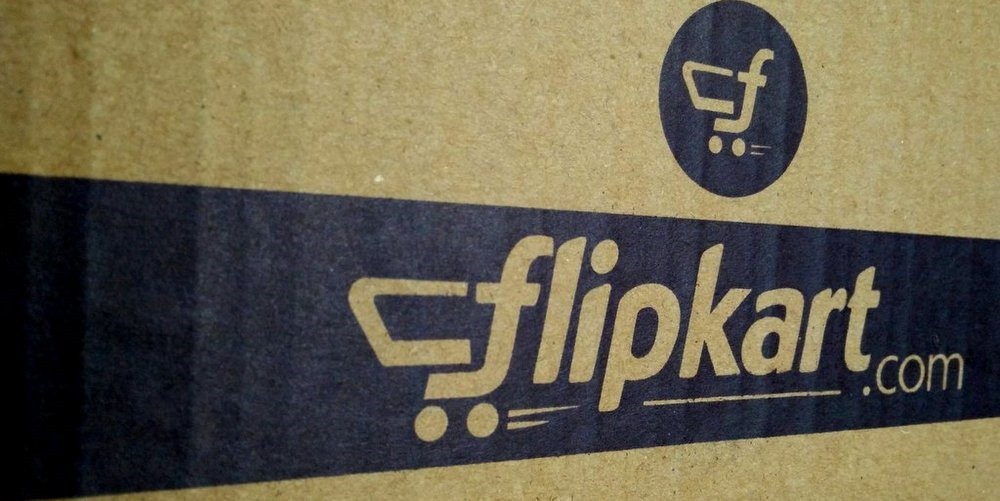Flipkart Launches Brand Hub, A Platform For Leading Brands To Create Exclusive Stores

eCommerce and brands have fought over market dominance in the past – brands feel that ecommerce portals are eating away their profits and ecommerce’ aggressive sales & marketing initiatives are targeted to take customers away from brands and loyalty, and move him towards discounts and offers.
However, what if brands and ecommerce marketplaces learn to live ‘symbiotically’, with mutual respect for each other?
Flipkart, India’s most valued startup and largest ecommerce portal has decided to open up their platform and make friendship with leading brands from different niches. Their experience of warm friendship with Motorola (40-50% of all mobiles sold on Flipkart belong to Motorola) and some other phone brands have encouraged them to launch ‘Brand Hub’ which will teach the entire ecommerce sector how to exist peacefully and harmoniously with brands, and grow together.
Surojit Chatterjee, Senior Vice President and Head Consumer Experience & Growth at Flipkart said, “The response till now has been encouraging,”
Brand Hub – The Melting Pot Of Ecommerce & Brands
In April this year, Flipkart launched a new section called ‘Brand Hub’ on their mobile app, which is a section where only leading brands would be able to showcase their products to a segmented audience. Its a self-service analytics platform, which will give some high end data to the brands for creating an ‘offer which the customer cannot refuse’.
As of now, 8 brands have partnered with Flipkart to get featured on this section: HP, Samsung, Wildcraft, Puma, Peter England, Bosch, Vu Technologies and @Home.
Flipkart’s mobile app has an ocean of customer data, and ‘Brand Hub’ participants are provided this data in order to provide a customized, and laser-targeted offerings to customers.
Hence, based on income level, gender, previous buying experience and more factors of the users, Brand Hub features exclusive products, only visible to certain section of the users.
For example, Puma may target a 29 year old women executive working at a MNC in Mumbai and Brand Hub would display products only from Puma to her; meanwhile a 46 year year of CEO from Chennai would be shown products only from HP or Peter England, because he uses these brands, and would be interested to buy more them.
Same way, Samsung may want to show its products to a 19 year old gadget enthusiast; and ensure that no other brand is visible when that customer is surfing Samsung’s products.
Surojit further said, “It’s a way for brands to reach out in a very personalised manner while customers can discover their favourite brands, including new launches ..”
Brands have been receptive of this idea, and they are doing some business using Brand Hub.
Devita Saraf, founder of television maker Vu Technologies, said, “It is a good platform for brands to create a page which is coherent with their philosophy, giving us a canvas which is different from the cataloguing format,”
Vu Technologies sold Rs 275 crore worth of products this financial year, and majority of it originated online.
Flipkart isn’t charging any fees from these 8 brands, however, this is one of their long term strategies for generating more revenues; and a future pricing strategy may be in place.
Need For Brand Hub?
Right now, Flipkart is desperately aiming to reduce burn rate, and increase revenues.
After Morgan Stanley devalued Flipkart’s valuation in February this year, two more investors have drastically reduced their valuation of Flipkart this week.
Recent FDI updates from Govt. of India has already shocked Flipkart, as days of unlimited discounts and offers are over; and domestic competition from Amazon is becoming tougher day after day.
In fact, such is the situation that Flipkart has started delivering Paytm orders; and Alibaba is in talks to invest in Flipkart, thereby changing the ecommerce equations for ever.
Flipkart is also attempting to push up their revenues from advertisements, and they have recently taken action against defaulters for refusing to pay advertisement fees.
Their recent strategy of making peace with Brands, and encouraging them to use their platform is another attempt to increase revenues, without spending on customer acquisition.
And we believe that this is the right way of doing a digital business.
